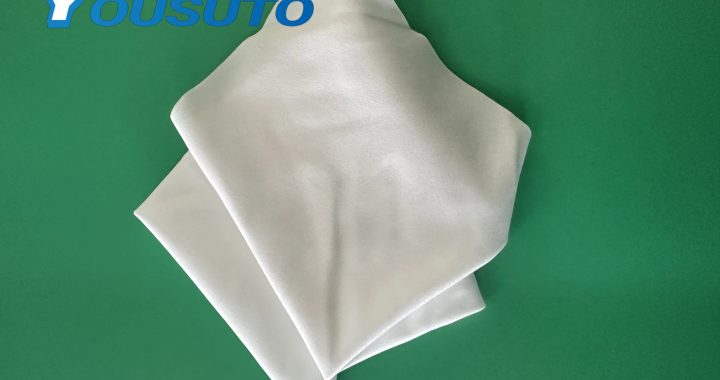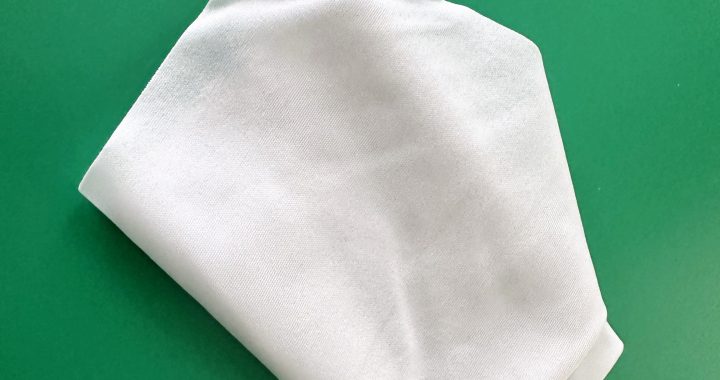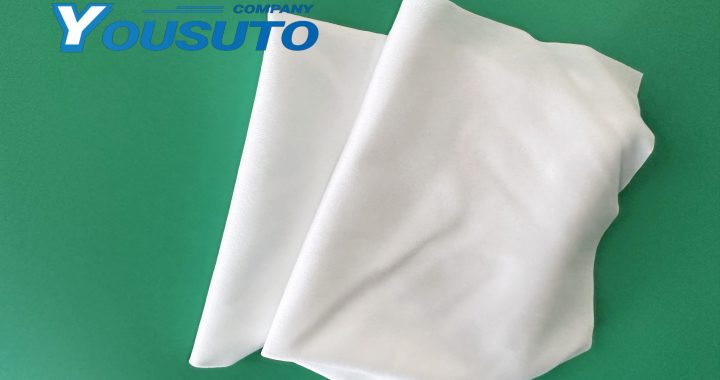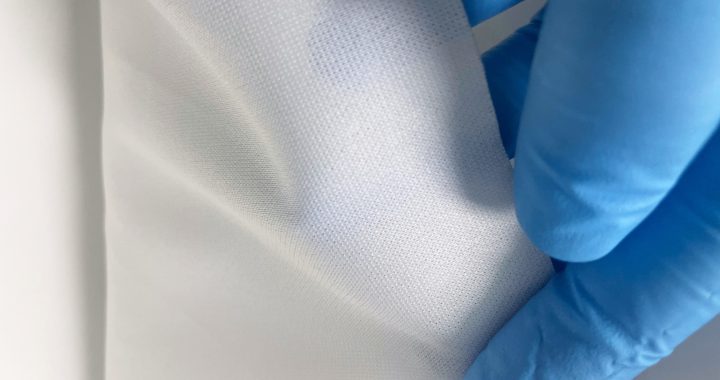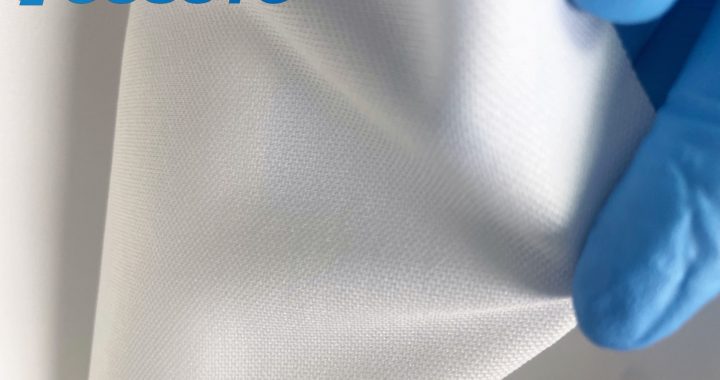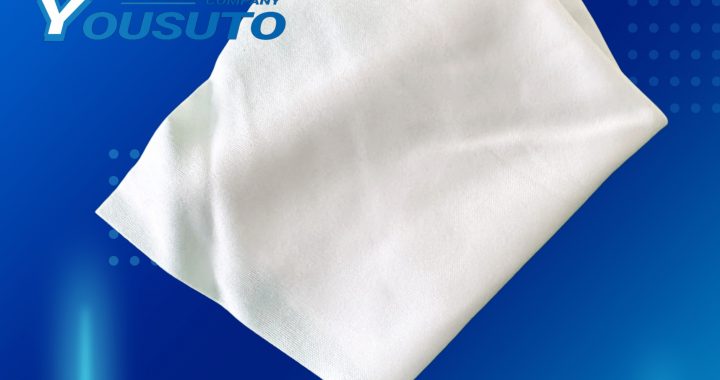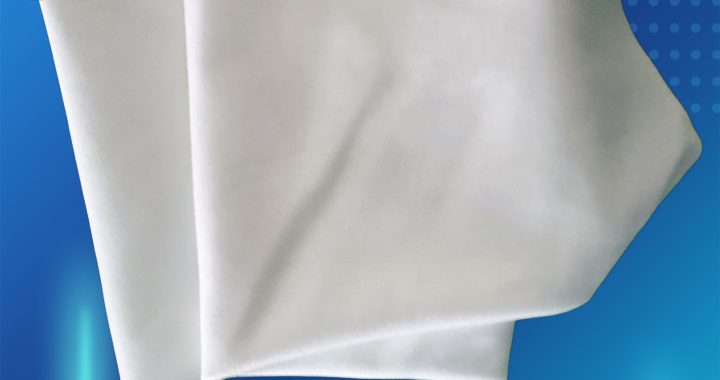High-density cleanroom wipes are widely applied in laboratories for cleaning precision components, including sensors, optical elements, and electronic parts. Their tightly woven fibers provide superior liquid absorption, particle removal, and lint-free performance, ensuring delicate surfaces remain uncontaminated. Operational practices include selecting appropriately sized wipes, using gentle unidirectional strokes, and employing pre-moistened wipes with isopropyl alcohol or deionized water for effective residue removal. Regular use of high-density wipes enhances cleaning efficiency, protects sensitive components from damage and contamination, and maintains the reliability and lifespan of laboratory equipment in cleanroom and controlled environments.
Features:
-
High-density fibers for superior absorption and contaminant removal
-
Lint-free and residue-free for sensitive components
-
Compatible with IPA, deionized water, and mild solvents
-
Durable and gentle on delicate surfaces
Application Scope:
-
Laboratory precision components and instruments
-
Optical lenses, mirrors, and sensors
-
PCB assemblies and electronic devices
-
Cleanroom and controlled laboratory environments

